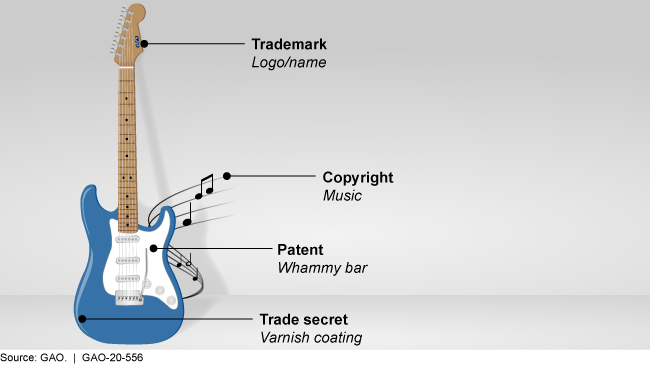Protecting Intellectual Property
Both private inventors and federal agencies that fund research and development (and subsequent inventions) must navigate a complex federal system that works to protect inventions with intellectual property (such as with patents). This system is critical in driving innovation in health care, energy, defense, and other industries, and ensuring the nation’s competitiveness on a global scale.
However, there are number of opportunities to improve how the federal government protects intellectual property.
- The federal government spends about $137 billion a year researching and developing inventions. The government can license the patents on these federal inventions to private companies to bring these technologies to market. However, identifying patentable inventions is not always easy, and the bureaucracy and length of the patent licensing process can deter companies from participating in this process. Additionally, companies also face barriers like the "valley of death"—a gap between the end of public funding and the start of private funding—which can be a deterrent.
- Federal research and inventions often support public health, such as by contributing to the development of lifesaving drugs, vaccines, and medical devices. For instance, federally funded research into remdesivir, the first drug approved by the Food and Drug Administration to treat COVID-19, helped to quickly bring that drug to market. Agencies like the National Institutes of Health (NIH) license their intellectual property to private companies that have the resources to bring products to market. However, NIH provides little information about how such licensing supports its public health mission—and what benefits (such as drug affordability or increased innovation) taxpayers receive in return.
Examples of Intellectual Property Rights Contained in a Guitar

- Infringement of intellectual property rights through the illegal import and distribution of counterfeit goods harms the U.S. economy and can threaten the health and safety of consumers. U.S. agencies have undertaken various activities to enhance enforcement of intellectual property rights. For instance, U.S. Customs and Border Protection leads efforts to stop imported counterfeit goods at the border. However, the agency needs to do more to evaluate the results of its activities and determine if it should share additional information with the private sector.
- Securing intellectual property rights is important for the Department of Defense’s (DOD) ability to maintain its weapons systems. Purchasing intellectual property rights, rather than relying on contractors, gives DOD more options for keeping its aircraft, ships, submarines, and missiles running smoothly. However, buying these rights comes at a higher cost. It is crucial for DOD to weigh the tradeoffs of procuring intellectual property rights and to establish an intellectual property strategy. However, DOD has not developed an intellectual property strategy for its F-35 aircraft—a weapon system with an estimated life cycle cost of $1.7 trillion. DOD’s lack of access to intellectual property (e.g., software, drawings, and specifications) and thus heavy reliance on specific contractors has limited its ability to manage the F-35 program in a cost-effective manner.
Recent Reports
Biomedical Research: Information on Federal Contributions to Remdesivir


